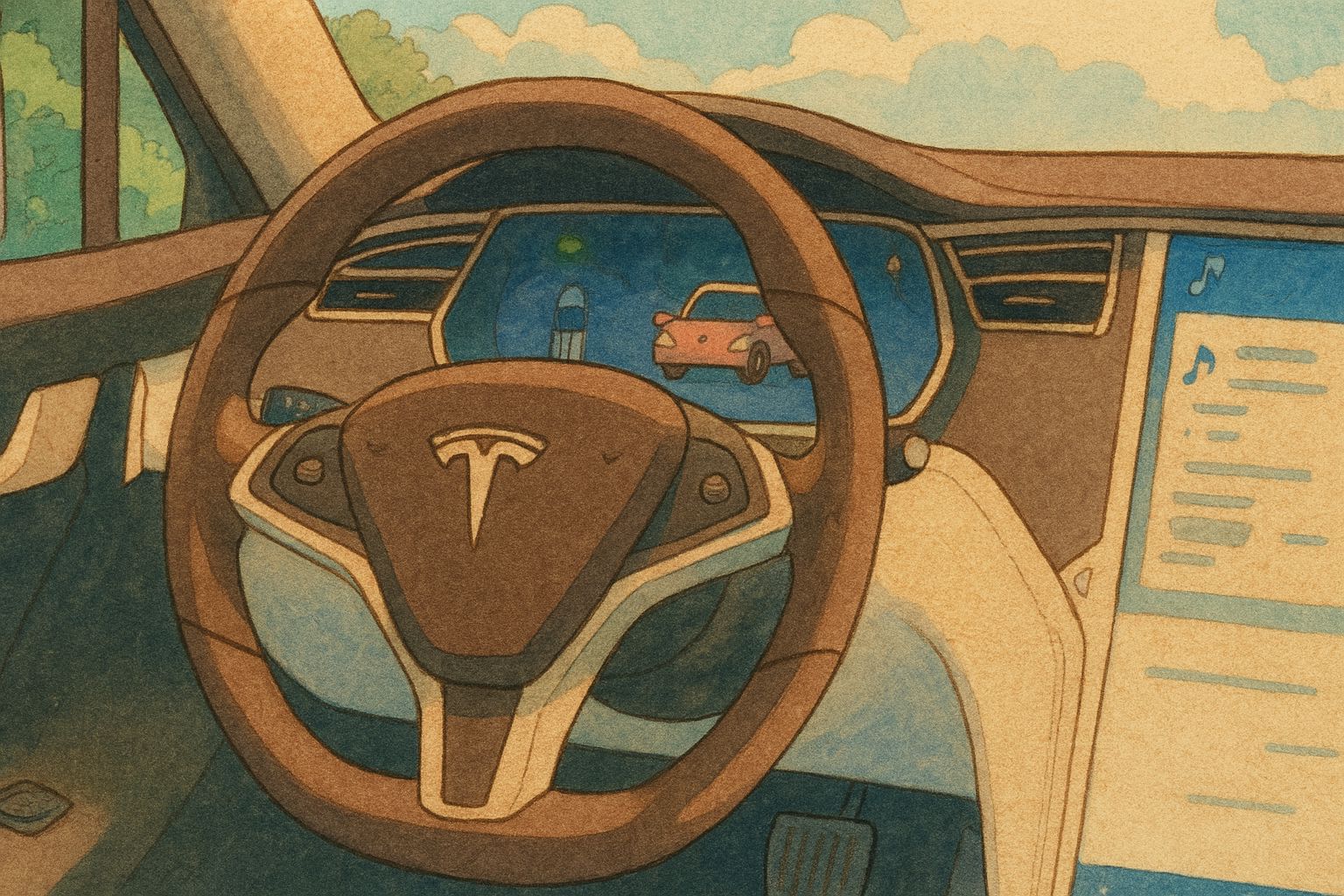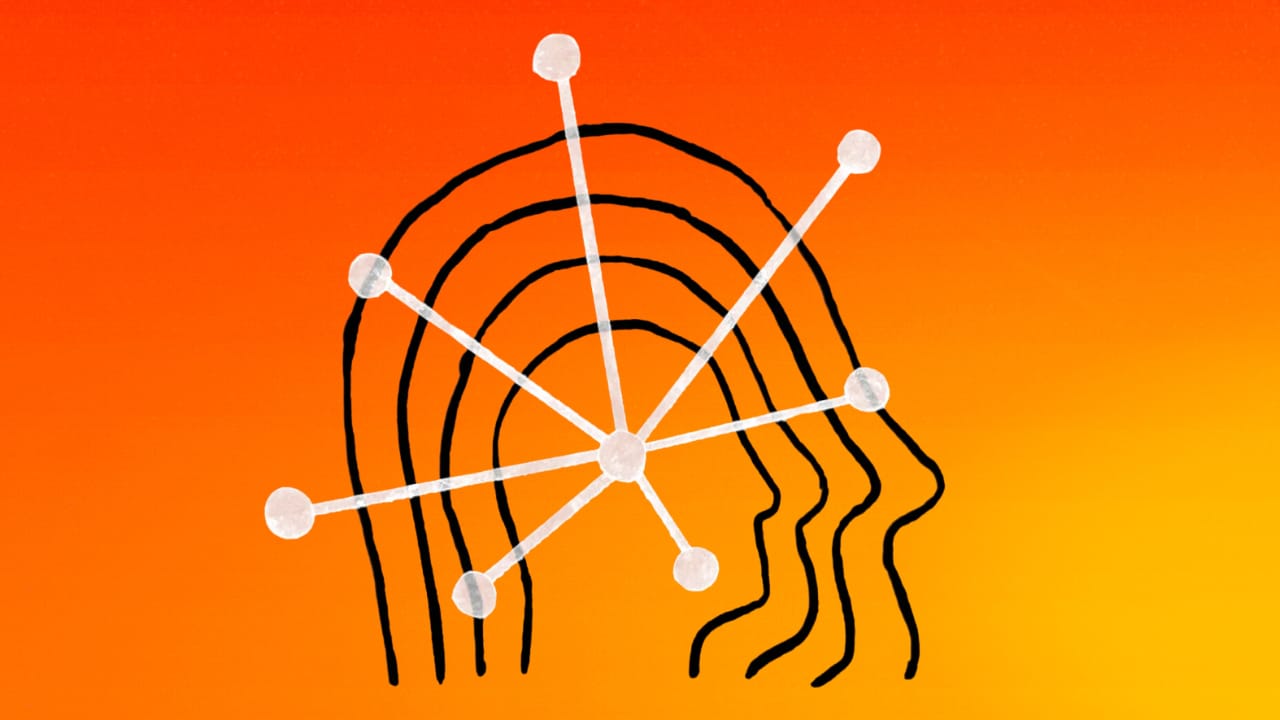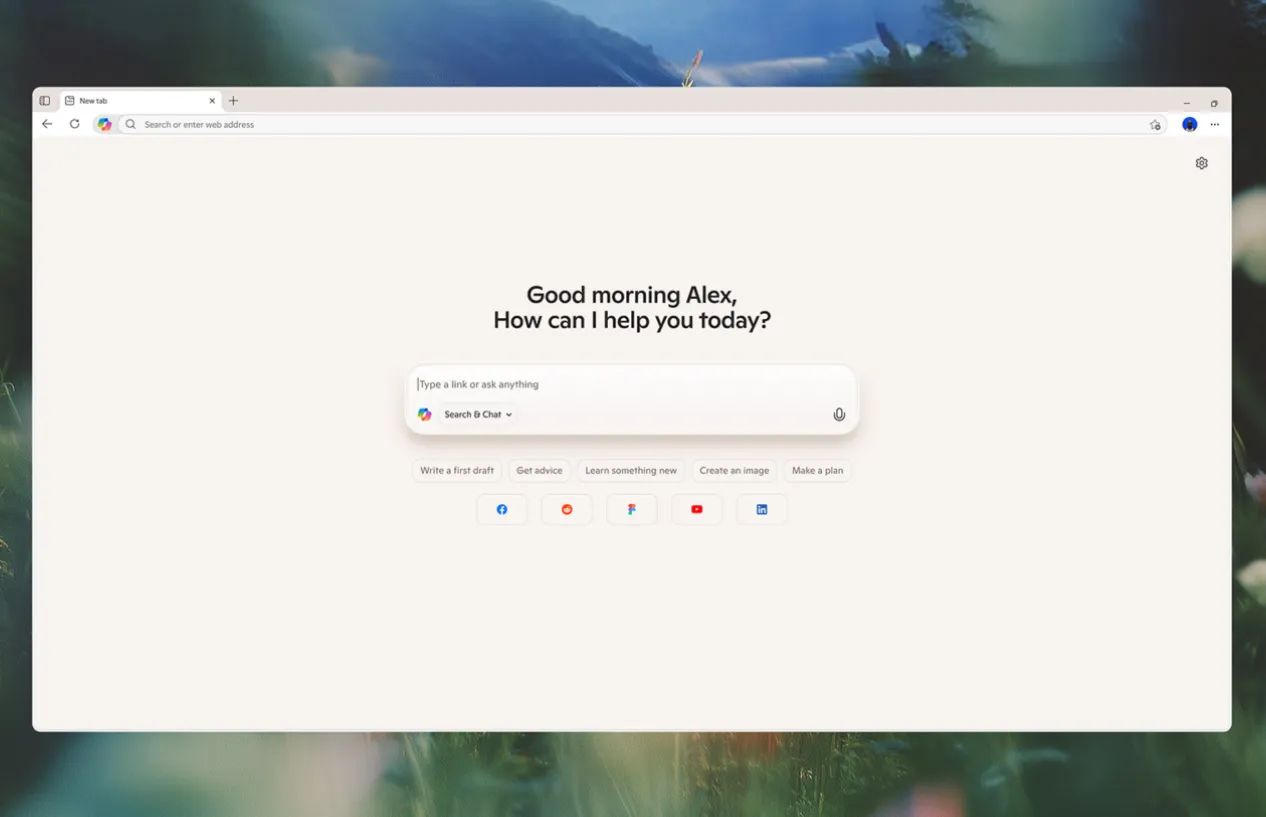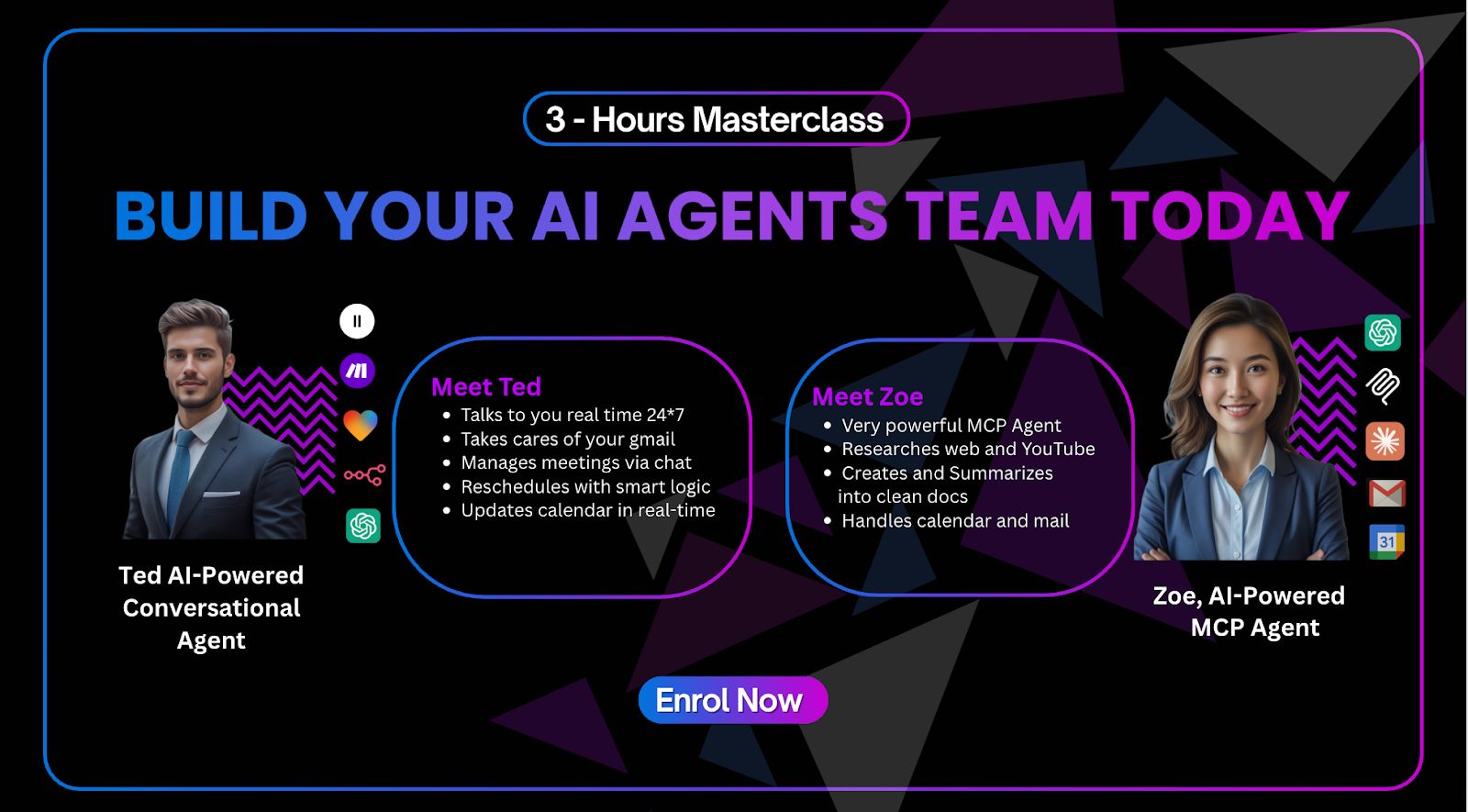- The Prohuman
- Posts
- Google vibe-coding tool is here and its called Opal
Google vibe-coding tool is here and its called Opal
Plus: A complete 3-hour course on how to build AI agents to automate 80% of your work (only 50 can join)
Welcome, Prohumans.
Here’s what you’re going to explore in this post:
Why Tesla’s new chip deal matters way beyond cars
Google’s new tool makes AI app building faster than ever
A hospital now runs one of the world’s most powerful AI clusters
OpenAI and Oracle scale up their AI power grid
New weekly limits target 24/7 coders and account sharers
Microsoft just gave Edge a new superpower
Just happened in AI
Giveaway by AirCampus
No coding. No tech degree. No problem.
On 30th July at 10 AM EST, something different is happening.
Imagine this: Someone with zero coding skills builds an AI agent that replies to emails, schedules meetings, posts on social media, and runs 40+ apps in perfect sync All in one morning.
Not a fantasy.
Not a Silicon Valley story.
Just a Masterclass that shows how anyone yes, anyone can build smart systems that automate the boring stuff and unlock hours of freedom.
AI agents aren’t the future.
They’re the quiet edge behind every productive creator today.
This is the blueprint.
Tesla’s next chip could power everything from robots to data centers

Tesla just signed a $16.5 billion deal with Samsung to build its next-gen AI6 chip. It’s not just about cars, it’s about the future of Tesla’s entire AI stack.
Here’s everything you need to know:
Samsung’s new Texas plant will be dedicated to Tesla’s AI6 chip.
The chip is designed to run Full Self-Driving, Optimus robots, and AI training.
Tesla still works with TSMC on its AI5 chips, production starts in Taiwan and Arizona.
Musk said actual spending on Samsung chips may exceed $16.5B.
Tesla will help optimize the chip fab and it’s close to Musk’s house.
This deal helps Samsung recover after struggling to win major chip clients.
The bigger picture: Tesla wants full control over the AI hardware it relies on.
This is Tesla saying it’s not just an EV company. By investing in custom chips at this scale, they’re setting up for a world where their tech powers far more than cars and doing it on their terms. The question is how well they can execute across such a broad stack.
Build an AI app in minutes, no code needed

Image Credits: Google
Google Labs just introduced Opal, a public beta tool that turns your AI ideas into working apps, fast. It’s all natural language, no code, and built for speed.
Here’s everything you need to know:
Opal is designed for one thing: helping you build AI-powered apps without touching a line of code.
Just describe your idea, Opal translates it into a visual workflow using prompts, models, and tools.
You can adjust each step in seconds, either through natural language or the visual editor.
Want to tweak a prompt, add a tool, or change the flow? Just say what you want.
It’s perfect for prototyping: no dev time, no setup, just a functional app you can share.
Each app runs off your Google account and can be instantly used by others.
A gallery of ready-to-use templates means you don’t even have to start from scratch.
Whether you're testing ideas, building internal tools, or sharing demos, Opal trims hours into minutes.
The hardest part of working with AI isn’t the ideas, it’s the implementation. Opal flips that. It makes execution so fast and simple that the only limit is how quickly you can describe what you want. This kind of speed doesn’t just help developers, it empowers teams, founders, and anyone with an idea to build faster than ever.
Mayo Clinic goes all in on AI with Nvidia’s supercomputer

The Mayo Clinic just unveiled a game-changing AI project with Nvidia. Their goal: speed up disease diagnosis by turning 100 years of pathology into next-gen data.
Here’s everything you need to know:
It’s the first time Nvidia’s SuperPOD tech is being used in health care at this scale.
Located in Minnesota, the system uses 128 Blackwell GPUs, Nvidia’s top chips.
It’s built to process millions of digitized slides for faster, more accurate diagnoses.
Mayo aims to analyze cancer progression, improve staging, and speed up treatment.
Unlike most hospitals using cloud AI, Mayo runs its own on-site AI factory.
The system is 3–4x more powerful than Mayo’s previous tech and much faster.
Environmental impact was considered, the site uses efficient air cooling systems.
This project shows what happens when top-tier tech meets medical ambition. By building its own AI infrastructure, Mayo isn’t just following the AI wave, it’s helping shape it. The real challenge will be proving that supercomputing leads to super outcomes for patients.
Stargate aims for 10GW of AI compute but can it deliver?

Image Credits: Open AI
OpenAI and Oracle just announced a 4.5-gigawatt boost to their joint Stargate data center initiative. The goal: build the infrastructure to run millions of AI chips and compete with China’s AI dominance.
Here’s everything you need to know:
Stargate now has over 5GW of capacity in development, aiming for 10GW total.
The Abilene, Texas facility is partially operational and running OpenAI models.
Oracle is delivering Nvidia GB200 racks; OpenAI is already using them for training.
Jobs created so far include thousands in construction and technical roles.
But early reports say funding gaps and internal friction have slowed progress.
Some targets have been scaled back, a small data center in Ohio may come first.
Still, OpenAI and SoftBank insist they’re on track and growing momentum.
The scale of Stargate is staggering but so are the challenges. Even if it hits just part of its target, this project signals a new phase in AI infrastructure, where compute power becomes a national asset. The real test will be execution and sustained investment.
Anthropic puts guardrails on Claude Code power users

Anthropic is tightening access to Claude Code, its popular AI coding tool. The company says some users have been pushing it to the edge with nonstop usage.
Here’s everything you need to know:
Starting August 28, weekly rate limits will apply across all paid Claude plans.
The move targets a small group of subscribers running Claude Code 24/7 or reselling access.
New limits apply to total usage and separately to Claude Opus 4, its most advanced model.
Most users won’t notice, less than 5% will hit the new ceiling, Anthropic says.
Max plan users can buy more usage at standard API rates if needed.
Claude Code has seen repeated outages in recent weeks amid “unprecedented demand.”
Anthropic is balancing access with limited compute, a challenge facing all AI providers.
This feels like a necessary reset. Anthropic is clearly dealing with more demand than its current infrastructure can handle. Limiting overuse while still allowing serious devs to scale via API may be the tradeoff needed to keep Claude reliable. Long term, this raises questions about pricing models for AI tools as compute costs pile up.
Copilot Mode turns your browser into a thinking partner

Image Credits: Microsoft
Microsoft is quietly testing a new AI feature inside its Edge browser. It’s called Copilot Mode and it could change how you search, read, and decide online.
Here’s everything you need to know:
Instead of just typing a search, Copilot Mode lets you talk to your browser.
Every new tab opens with a single box combining AI and web search.
It can summarize pages, compare sources, and suggest what to click next.
Microsoft says this is still experimental, but it’s rolling out now.
Think of it as your personal researcher sitting in the browser tab with you.
Edge has long been in Chrome’s shadow, this could tilt the balance.
The real question: will people trust an AI to guide their browsing?
Copilot Mode is less about flashy AI and more about decision support. If it helps people feel less overwhelmed online and more confident in what they find, it might just catch on. The key will be transparency and control.

Thanks for reading…
That’s a wrap.
What's on your mind?
Share your best ideas with us at theprohumanai@gmail. com
We'll bring your ideas to life. Send them our way, and we'll get to work on making them a reality.
Did you find value in our newsletter today?Your feedback can help us create better content for you! |
 | I hope this was useful… If you want to learn more then visit this website. Get your brand, product, or service in front of 700,000+ professionals here. Follow us on 𝕏/Twitter to learn more about AI: |
